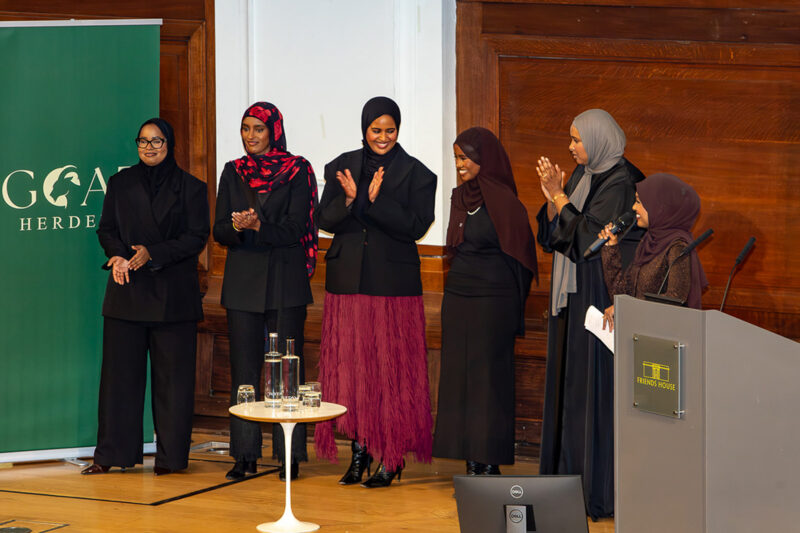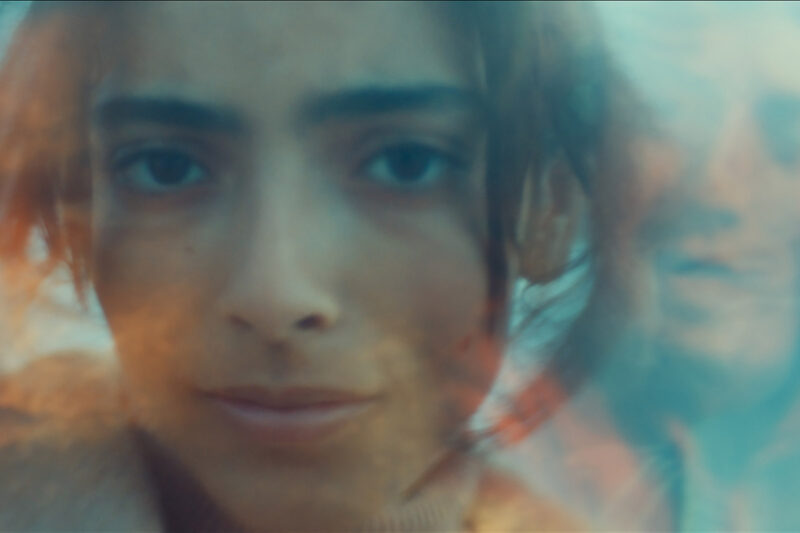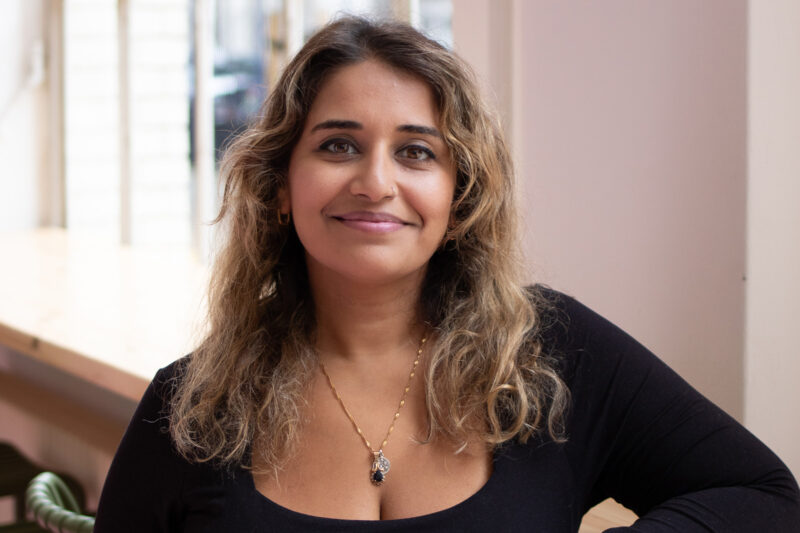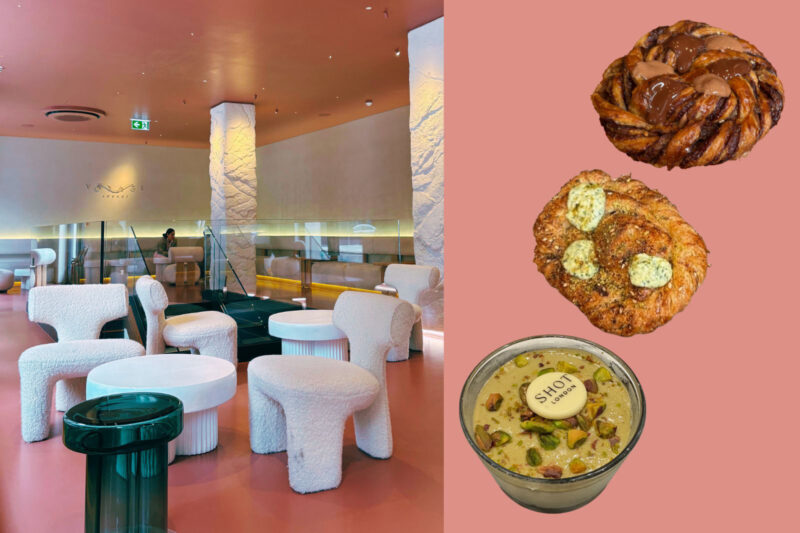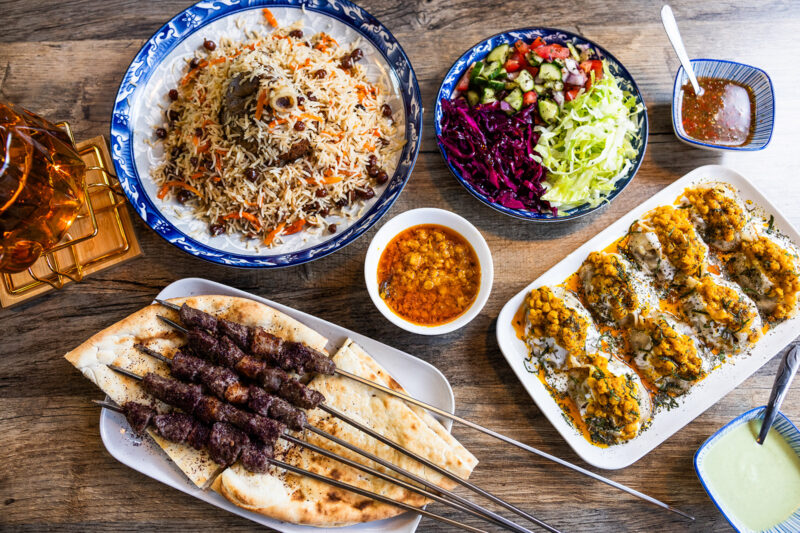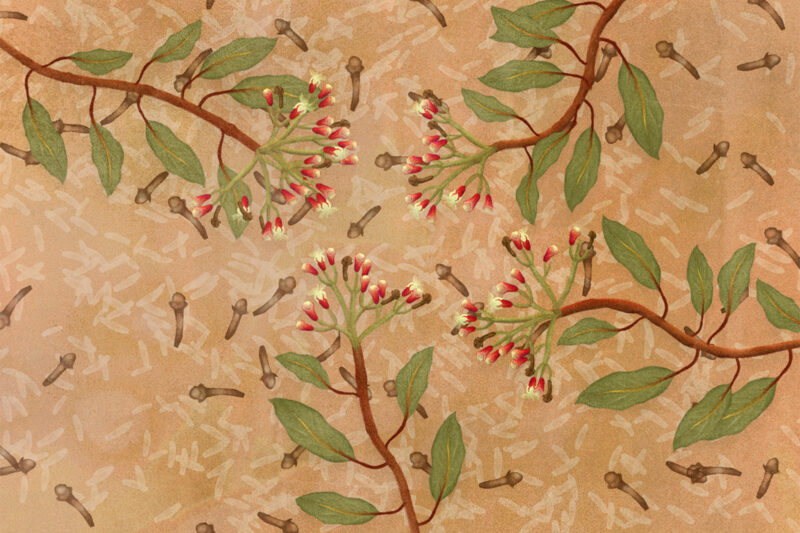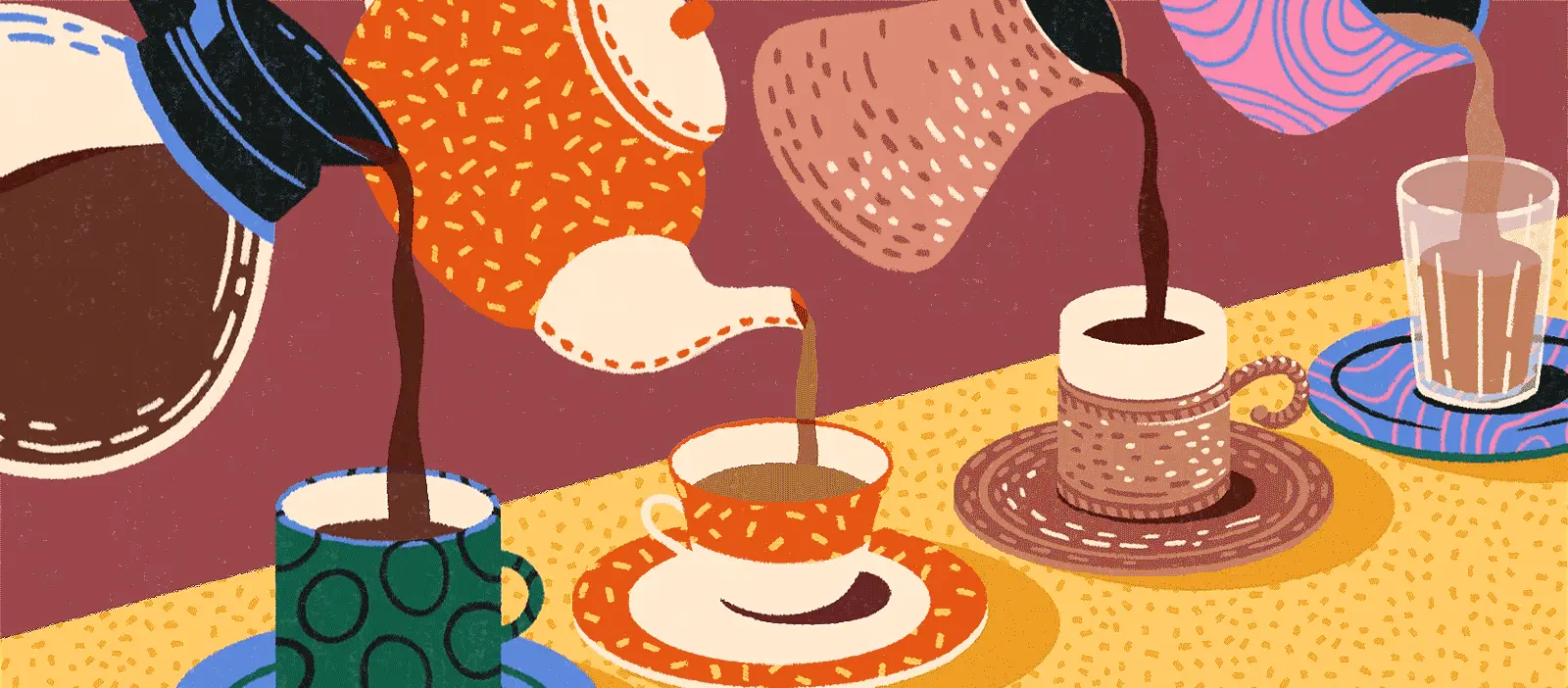
Tea, coffee? Both, please
To many people tea is a way of life, while others can’t consider living without coffee. I chose to have it all
For some reason, we love to categorise ourselves and each other along weirdly arbitrary lines. Prefer Pepsi to Coke? Dogs or cats? Are you a tea or a coffee person? Is it possible to even choose? Our sense of individuality and independence often hinges on these personal likes and dislikes. But our feelings about most things — from music to clothes, politics and food — are informed by myriad factors that we may not even be fully aware of, such as where we live, who we socialise with, how much we earn and the culture in which we are raised.
Take, for instance, the simple question of which popular caffeinated hot beverage you like to drink: the assumption being that most of us regularly partake in at least one or the other. Unlike fat and sugar, which human beings are pre-programmed to enjoy, tea and coffee are acquired tastes. Additionally, they carry very little nutritional or calorific value. This suggests that our eventual — some might even say inevitable — arrival at routinely drinking either or both is less about taste or nutrition and more a result of various socio-cultural factors.
Like many South Asian families, ours favours tea — cha, chai, sa or shai, depending on what language you speak. It is brewed religiously after every meal. The essentials for this ritual include extra-strong teabags, boiling hot water and full-cream milk heated in a little pan. The added extras can include sugar, cinnamon, cardamom, ginger and black peppercorns, depending on your own special recipe.
Although I grew up in a devoted tea-drinking household, it took years before I began to drink it myself. Maybe it was residual trauma from always having to make it for my parents and guests after dinner and being told in no uncertain terms when I had failed in some way: “leave the teabag in longer”, or “add more milk”. I was actually at university before I began to indulge in an occasional brew, prompted more by the novelty of having a kettle in my room than by any real enthusiasm for the drink itself.
For many across South Asia and beyond, tea is a way of life, brewed and served in a variety of forms: the blush pink of Kashmiri chai; the refreshing Moroccan mint-infused variety; milky, sweet karak, which originated in India and is now enjoyed across the Arab world, to name but three.
My family hails from the Sylhet area of Bangladesh, also known as “the land of two leaves and a bud”. This affectionate sobriquet refers to the tenderest part of the tea plant, which is picked and used to brew a drink that billions of people partake in every day. The northern, hilly region is home to more than 150 tea estates, including three of the largest tea plantations in the world. As with all cash crops, there is a darker side to tea. The East India Company established the tea trade during the era of British rule, bringing in indentured labourers from elsewhere on the subcontinent, and, just this year, plantation workers in Bangladesh were striking for their $1.25 daily wages to be increased.
While tea was a culturally intrinsic part of my childhood, my family viewed coffee with uncertainty — perhaps even suspicion. We kept a tiny jar of Nescafe for workmen or English visitors. On those occasions, we would ask “tea or coffee?” and pray that they didn’t opt for the latter. The making of coffee — even instant — still seemed too alien, too possible to get wrong. The use of a cafetiere or a moka pot would have finished us off.
My first exposure to coffee that I can remember was via the staff room at primary school. We pupils would crane our necks when walking past, trying to sneak a glance at whatever the teachers were up to in there. For me, the strange smell of stale coffee that wafted from the staff room only served to make them and their drink of choice all the more intriguing.
Curiosity gave way to experimentation in my teenage years. I came of age in the Starbucks era. I still have fond memories of taking the train into Leeds, our nearest big city, with friends to go shopping — a task I loathe as an adult but inexplicably considered a hobby as a teenager. We’d meander through the Corn Exchange and gaze at things we couldn’t afford in the Victoria Quarter, but the highlight was going into a Starbucks and ordering a drink that tasted as far as humanly possible from real coffee while still containing it, such as a frappuccino topped with whipped cream, syrup and powdered chocolate.
The glamour of drinking coffee was heightened by its cultural ubiquity. The characters on Friends lived their lives by the stuff, forever gathering at Central Perk to catch up, meet dates, or generally worship at the altar of the coffee cup. Every teen drama had an equivalent venue: Luke’s Diner in Gilmore Girls, Karen’s Cafe fuelling the population of One Tree Hill, Espresso Pump in the blighted town of Sunnydale, where Buffy slayed vampires. It was all so grown-up, so glitzy.
I acquired my taste for coffee while at university alongside a love for what I thought of as “cafe culture”: hanging out with friends, reading books, feeling very sophisticated and cosmopolitan. I was far from an aficionado, though, always opting for a chocolatey mocha or having something sweet alongside to temper the acidity of the coffee itself.
It took a trip to Istanbul with my parents at the age of 20 to wake me up to the rich history of coffee as an integral part of the culture in other parts of the world. After dinner, we would order thick Turkish coffee, served in small, ornately painted cups. I was intrigued by the ceremony of it all. The special copper pots, the rich smell, the piece of sweet lokum served on the side. It was all so beautiful and so much more alluring than the oversized paper cups carried around by Hollywood celebrities in paparazzi photographs.
While living in Ethiopia, I came to learn coffee’s origin story. A goatherd named Kaldi who lived around 850 CE observed his animals bouncing around excitedly after eating the berries from a particular tree. Legend has it that he took the mysterious fruit to a local monastery for inspection. The holy men there proclaimed that it must be some work of the devil and cast the berries into the fire, releasing their delightful aroma. The head monk ordered that they be salvaged from the flames and water poured on them to preserve their scent. The concoction was drunk and, realising that it kept them awake while performing their nightly devotions, the monks declared the drink acceptable. The rest, as they say, is history.
Since then, coffee has been so revered in Ethiopia that it is made and served with a special ceremony. The beans are roasted over a coal burner and people sitting nearby are invited to waft the aroma towards their noses with their hands. Frankincense is also burned, adding to the atmosphere of festive opulence.
The beans are then ground and brewed in a jebena — an earthenware pot that varies slightly in style according to region — and served in small cups without milk but with plenty of sugar. They are filled to the brim to symbolise abundance, and three cups are poured at each sitting. Each cup has a different meaning attached to it, and if a guest arrives on the first or third serving they are considered especially blessed.
It was a wonderful experience and it ruined me. I returned to the UK and found myself astonished by the insipid taste of the coffee available in chain cafes. The unthinkable had happened: I had inadvertently become a coffee snob. The kind found on the streets of Addis Ababa for a few pence had completely changed my taste and expectation of what the drink was supposed to be.
I have discovered that there is a turning point when a simple, everyday staple becomes a hobby. Now, I have a variety of paraphernalia to make both tea and coffee: an old faithful kettle and teapot are joined by a jebena, a moka pot, a cafetiere and a Turkish cezve. My husband and I even splashed out on an espresso machine last year. We keep notes on the different bags of coffee we have purchased, detailing our favourite roasts and makers.
As for choosing between tea or coffee, I can freely admit that I enjoy both. Usually, my drink of choice depends on my mood, how much sleep I have had and what I happen to want at the time. And if you still can’t choose, you could always do what Ethiopians do and opt for a spris — a concoction made with half black tea and half coffee. Who says we can’t have it all?
 Newsletter
Newsletter


